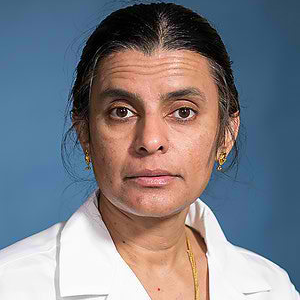Abstract:
Background: The number of individuals using digital health devices has grown in recent years. Higher rates of use with patients suggests that Primary Care Providers (PCPs) may be able to leverage these tools to effectively guide and monitor physical activity for their patients. Despite evidence that Remote Patient Monitoring (RPM) may enhance obesity interventions, few primary care practices have implemented programs that use commercial digital health tools to promote health or reduce complications of disease.
Objective: The purpose of this study was to assess perceptions, needs, and challenges of implementation of an Electronic Health Record (EHR) integrated Remote Patient Monitoring (RPM) program using wearable devices to promote patient physical activity at a large urban primary care practice.
Methods: We detailed existing clinical workflows to upload wearable device data to the EHR (Epic Systems). Direct Fitbit integration allowed for patient physical activity data to be uploaded through the patient portal and reviewed by providers. We performed semi-structured interviews with PCPs (n=10) and patients with obesity (n=8) at a large urban primary care clinic regarding their preferences and barriers to the program. We presented pictorial aids with instructions for (1) Providers to complete an order set, set step-count goals, and receive feedback, and (2) Patients to set-up their wearable device and connect it to their patient portal account. We used rapid qualitative analysis during and after the interviews to develop key themes for both patients and providers that addressed our research objective.
Results: Three themes were identified from provider interviews: (1) Provider knowledge of physical activity prescription is focused on general guidelines with limited knowledge on how to tailor guidance to patients; (2) Providers were open to receiving physical activity data but were worried about being overburdened by additional patient data; and (3) Providers were concerned about patients being able to equitably access and participate in digital health interventions. Three themes were also identified from patient interviews: (1) Patients received limited or non-specific guidance regarding physical activity from providers and other resources; (2) Patients want to share exercise metrics with the healthcare team and receive tailored physical activity guidance at regular intervals; and (3) Patients need written resources to support setting up a RPM program with access to live assistance on an as-needed basis.
Conclusions: Implementation of an EHR-based RPM program will require attention to a few patient and provider preferences and challenges. Our ongoing work will pilot the RPM program and evaluate feasibility and acceptability within a primary care setting.
Keywords: Remote Patient Monitoring; Physical Activity; Electronic Health Record; Wearable Device




